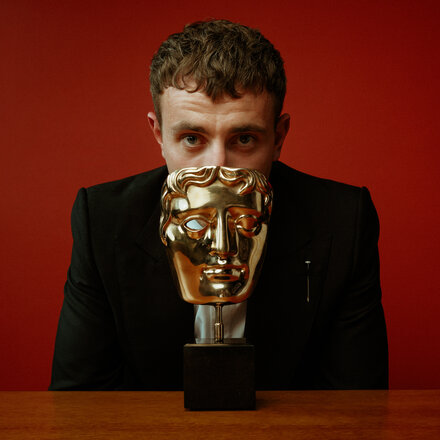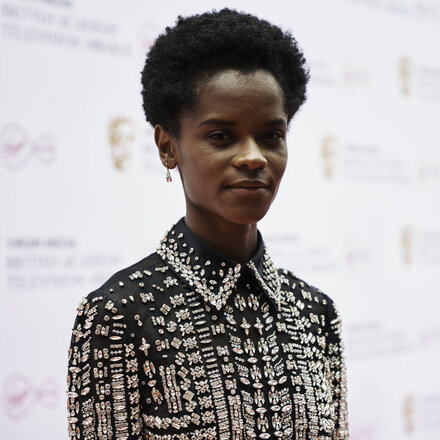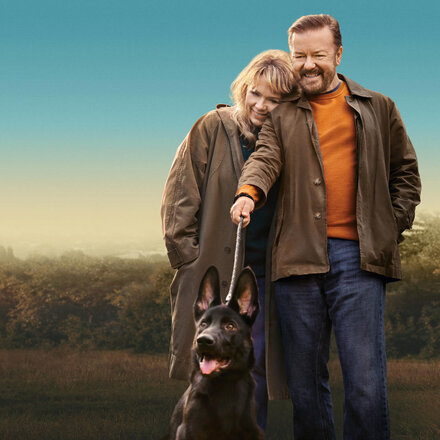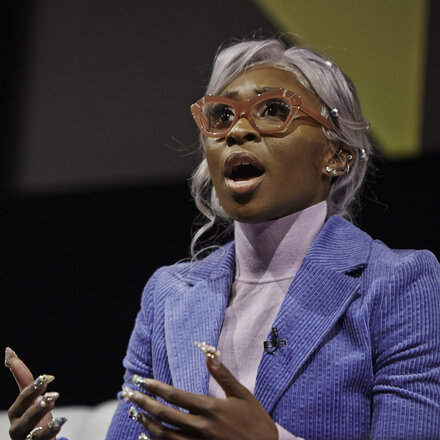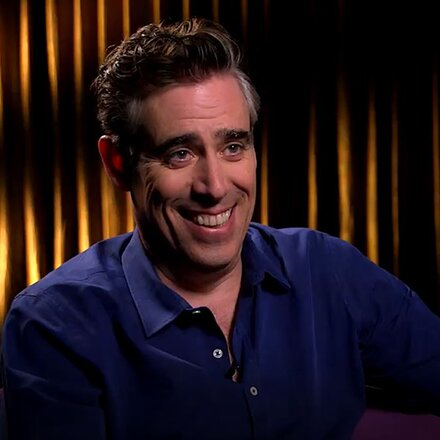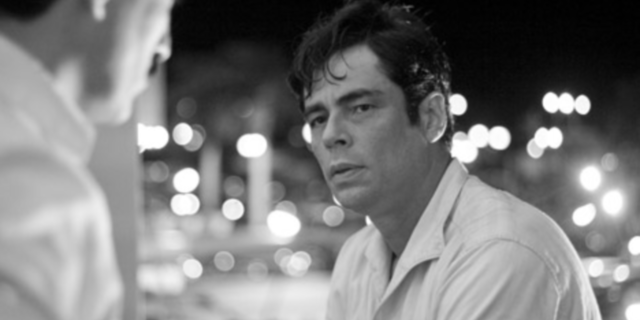
Benicio del Toro: Interview
The star of Che and The Wolfman answers 20 questions.
Originally published in March 2009.
When did you catch the acting bug?
I was born in Puerto Rico, where my mother, father, uncle, grandfather and godmother were all lawyers. I was supposed to follow the family tradition. We moved to rural Pennsylvania to live on a farm when I was 12 after the death of my mother, and I caught the acting bug at the University of California when I was studying for a business degree. I changed my major to Theatre.
Who did you then study with?
Stella Adler in Los Angeles. Mark Ruffalo was also in my class.
Why film?
For me, working on film is everything – music, literature, photography. It is all my hobbies put together and I love it. It makes a real difference to do a movie like Che that you feel for.
What is your native tongue?
Speaking Spanish stopped for me when we went to the US. In my mind I think in English and so working in Spanish on Che, speaking the intellectual Spanish Che spoke, was very different from the Puerto Rico Spanish I know.
How do you feel about turning an icon into a human being?
The hardest thing about playing Che Guevara was letting go of the fear. I was playing maybe the biggest icon of the 20th century and you can’t let go of the fear when you’re playing a historical figure like him. You simply have to contain the fear.
When did you feel you’d got to grips with him?
My breakthrough came when we were researching in Cuba and at a lunch I heard, from the corner of my ear, Che’s widow Aleida saying it wasn’t important that the guy playing Che looked or sounded or walked right, but he must understand what Che was about. Bells rang. I am an actor making an interpretation of what I know from research. We all know the way he held a rifle, so you can’t make that up, but I started then to understand the man.
Did you relate in any way to him?
He wasn’t part of my background. I didn’t grow up wearing a Che T-shirt and no American history books mentioned him. That was part of US history policy. I first heard his name in a Rolling Stones song, ‘Little Indian Girl’, on the Emotional Rescue album when I was about 13.
When did he come into your life?
Years later, in a Mexico City bookstore, I saw a picture of this cool-looking guy with a cigar on the cover of a book of letters. They were letters Che had written to his family. I read it and the effect was like the first time I read Hemingway or Kerouac.Galvanising. I was about 20.
How did you research for the role?
With documentaries and audio tapes, meeting the survivors who had been involved in Che’s fight, going to the places he had been. A ton of people love this man, they have turned him into a god. It felt like working on the character with silk gloves.
How do you equate politically with Che?
My politics aren’t defined along party lines. I believe in freedom of speech and I believe in choice. I believe in God, or whatever you want to call it, and I believe in giving a chance to everyone to have an education.
What was working with Steven Soderbergh like?
Steven works so fast, one or two takes only. You don’t do it again. We had 78 shooting days and worked in a ‘just do it’ way. That’s a very Che ‘thing’ – just do it and no turning back. If we’d done it any other way we’d still be in the jungle now.
How was making The Wolfman after Che?
Wolfman was a walk in the park, like going to a Halloween party after the tightrope of Che.
Why?
He’s not a real person. I’m a lifelong werewolf fan and with Wolfman I could explore and have fun. Anything goes. This is a huge studio movie and I would just imagine anything could work.
How traditional did you keep him?
We kept the silver bullet and I tried to keep it in the original 1940 Lon Chaney Jnr/The Wolf Man mould but it is also similar to Oliver Reed’s monster in Curse Of The Werewolf (1959) and a bit of Henry Hull’s Werewolf In London (1935).
What was the hardest part?
The worst thing about Wolfman was having to be hairy. Special Effects man Rick Baker designed ‘the look’ of it and we would spend four hours putting on the make-up and two hours to take it off. It was fun to watch it grow but it was a bit like cooking: it’s fun to cook but it’s boring to have to clear away and wash up.
How do you feel about being billed as a sex symbol?
Being called a ladies’ man is just a cross us Latin men have to bear. When it comes to dating and all that stuff, I’m pretty mellow.
What would you have done if you hadn’t acted?
Been a basketball pro. That sport is my sanctuary, my oasis.
How about music?
I’m a BIG rock n’ roll fan. I love The Rolling Stones and The Clash.
Where to now?
I’ve done four films in a row now, Things We Lost In The Fire, the two Ches and The Wolfman, so I’m taking a break from acting now. I’ll be at home in LA to see my dogs again. Maybe I’ll read some good books and hangout with good friends over dinner. I’m good at relaxing.
Do you have a hobby for downtime?
I love to paint – I wanted to major in painting at college – and smoking Cuban cigars and carpentry. I like to make tables; I just hammer away and watch them happen.

